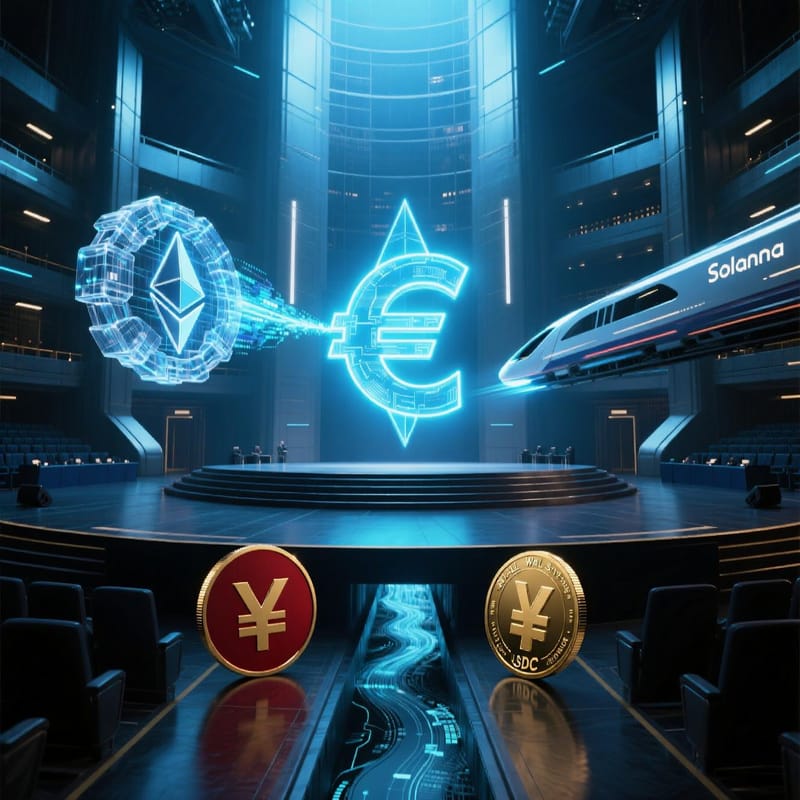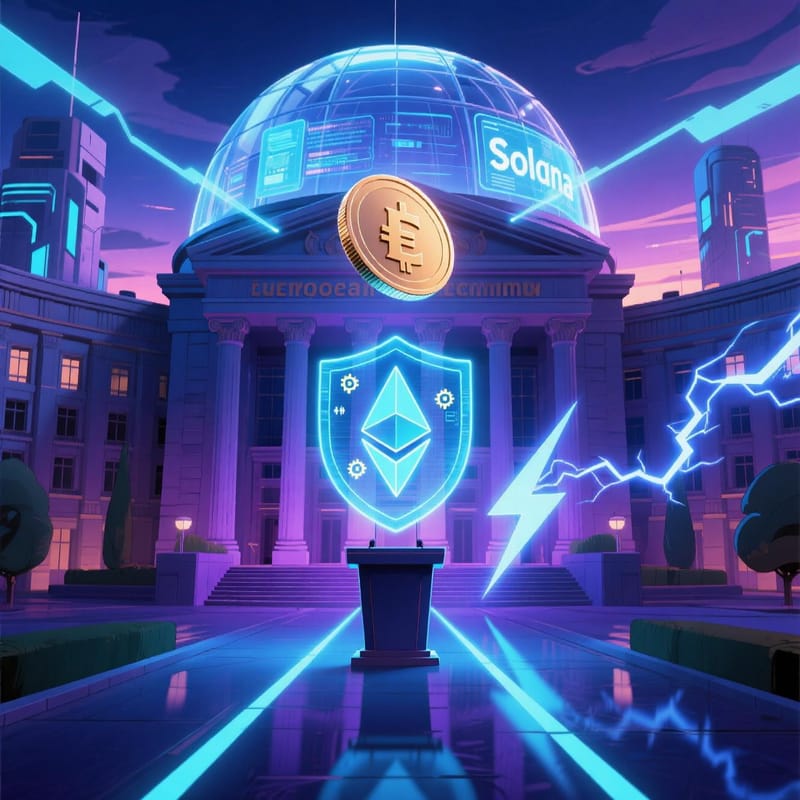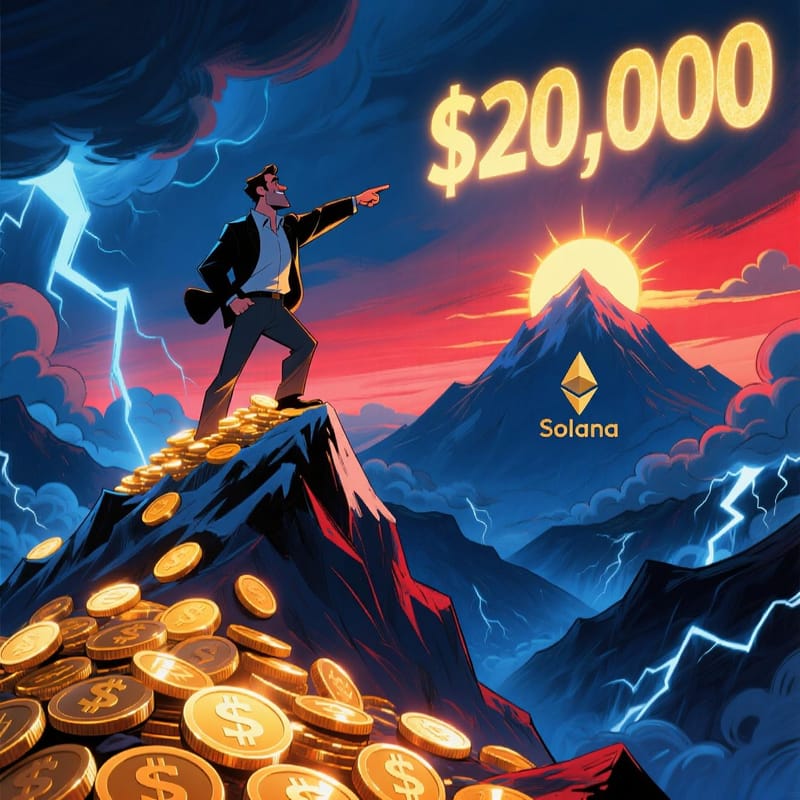Ripple Developers Push Back on Kaiko’s Low Security Score for XRP Ledger
Kaiko ranked XRP Ledger last in security with a 41/100 score, sparking backlash from Ripple developers who highlight 13 years of incident-free operation. As governance reforms in France advance decentralization, the debate intensifies: should blockchain security be judged by structure

The Security Debate: Kaiko vs. XRPL’s 13-Year Track Record
A recent report from analytics firm Kaiko has ignited controversy in the crypto community.
Released on August 13, 2025, the assessment ranked XRP Ledger (XRPL) dead last among 15 major blockchains with a security score of 41 out of 100—far behind Ethereum (83), Arbitrum, and Solana. The result has drawn sharp pushback from Ripple’s engineering team, who argue that the methodology overlooks XRPL’s unparalleled operational history.
At the heart of the debate: How should blockchain security be measured—by structural decentralization metrics or by real-world performance?
Kaiko’s Methodology: Decentralization as a Proxy for Security
Kaiko’s ranking relied heavily on decentralization indicators, including:
- Validator distribution
- Nakamoto coefficient (a measure of how many nodes would need to collude to compromise the network)
According to Kaiko, while XRPL has over 190 active validators, only 35 are on the default Unique Node List (UNL)—a setup the firm views as concentrated and systemic-risk-prone.
The report also cited a supply chain attack in April 2025, where the official xrpl.js SDK (a JavaScript library) was compromised via a malicious NPM package update. Though the core ledger code was not breached, Kaiko counted the incident as a security flaw.
Ripple clarified: “This was not a vulnerability in XRPL itself, but a supply chain issue in an NPM package.”
Still, the event was factored into the low score—despite the XRPL Foundation’s swift response in replacing compromised downloads within hours.
Developer Pushback: 13 Years Without a Single Network Incident
RippleX Engineering Head Ayo Akinyele strongly contested the ranking, emphasizing a critical point:
“XRPL has one of the strongest security track records in blockchain—13 years of continuous operation without a single incident impacting the core network.”
That’s 4,748 days of uninterrupted, secure consensus—a record few chains can match.
The team also stressed that:
- The core protocol remained untouched during the SDK incident
- Multiple independent audits have confirmed XRPL’s security (CertiK, Halborn, FYEO)
- The community and developers responded transparently and rapidly with public incident reports
They argue that Kaiko’s model fails to distinguish between application-layer risks and fundamental protocol weaknesses—a crucial distinction in security assessment.
Governance Evolution: France-Based Reform Aims to Boost Trust
Beyond technical security, XRPL is undergoing a major governance transformation to enhance decentralization and institutional trust.
Key developments:
- In August 2024, the XRPL Foundation announced a shift toward community-driven governance
- By November 2024, the Foundation was formally incorporated in France, chosen for its strong legal framework and neutrality
- The new structure includes:
- A rotating board of directors
- A General Assembly for community input
- Oversight committees for membership, infrastructure, auditing, and validator lists
This evolution signals a long-term commitment to openness, transparency, and broader control—addressing concerns about centralization head-on.
Proponents see this as ahead of the curve compared to other enterprise-focused blockchains.
XRP Market Reaction: Caution Amid the Debate
Despite the technical defense, market sentiment remains cautious.
- XRP price: $2.86 (-2.44% in 24h)
- Market cap: $169.95B
- Trading volume: Down 27.2% to $4.78B
- Volume-to-market cap ratio: 2.81% — low, indicating reduced momentum
The token has pulled back from intraday highs near $2.93, with bears in control. Analysts note that a break above $2.90 could signal a reversal, but for now, investor hesitation is evident (61% profile score).
The Bigger Picture: Security vs. Resilience
The Kaiko report highlights a growing tension in crypto:
- Quantitative models favor decentralization metrics
- Real-world performance favors operational resilience
While Ethereum and Solana scored higher due to broader validator dispersion, XRPL’s proven reliability over 13 years raises a key question:
Can a chain be “less decentralized” but still more secure in practice?
For institutions valuing predictability and uptime, XRPL’s track record may matter more than abstract decentralization scores.





